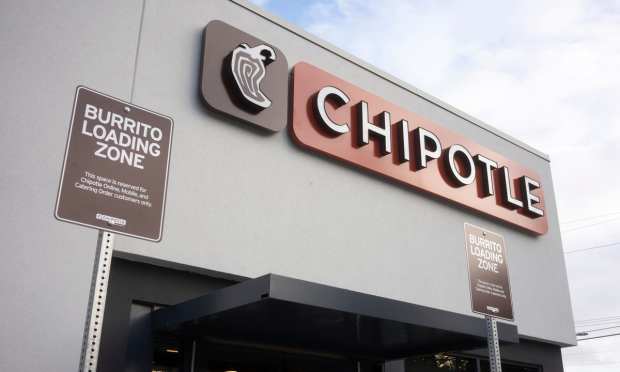Chipotle Is Cautious But Candid About Price Increases

Even the price of burritos has to keep up with the needs of the time, it seems. That’s the reality as this week comes to a close, and the news of Chipotle’s price increases has started making the rounds.
“We’d really prefer not to [raise prices],” Chipotle CEO Brian Niccol said Tuesday at the Baird Global Consumer, Technology and Services Conference. “But it made sense in this scenario to invest in our employees and get these restaurants staffed and make sure we had the pipeline of people to support our growth.”
Chipotle is in the midst of a hiring press — looking to bring on an additional 20,000 employees in a tight labor market in general and in the food service segment in specific. Unemployment in the restaurant segment remains at 9 percent, well above the U.S. average of 5.8 percent. Chipotle has moved to increase its starting wages to a range of $11 to $18 an hour as it looks to head off the industry’s hiring crunch. And Chipotle, notably, is not alone in increasing employee wages in the quick-service restaurant (QSR) space. In May, McDonald’s announced it was raising its hourly wages for current employees by 10 percent and that entry-level wages were going up to $11 to $17 based on the restaurant’s location.
And while Chipotle is open about the price increases — roughly 4 percent — executives have been quick to downplay its effect, noting that the cost of their chicken burrito remains below $8 in almost every market and that the increases most consumers will face will amount to quarters and dimes.
Will the wage woes even out such that the price increases stop?
Well, the good news for restaurateurs is that the incredible labor pressures they’re under may be showing some signs of abating. The U.S. Department of Labor’s Bureau of Labor Statistics (BLS) announced last week one-third of all job growth reported during May (559,000) came from food services and drinking places — aka restaurants and bars — accounting for some 186,000 new jobs. The category’s 10.8 million jobs at the end of May marked a 2 percent month-over month-increase and 38 percent over last year. The workers are coming back to food services, not as fast as restaurant owners would like, perhaps, but they are returning.
It’s not a whole reversal — the 1.5 million jobs in the segment are still 12 percent below the pre-pandemic counts. But the problem is leveling off, particularly for QSRs. The bulk of that problem sits with the full-service segment of the industry: sitdown dining establishments are down 14 percent and buffets down 52 percent, compared to QSRs and coffee shops which are also down, but by less than 5 percent respectively.
“The pandemic has changed us,” David Litchman, founder of contactless ordering platform BellyMelly, told PYMNTS in a recent interview. “We are all cautious of what we touch, what we breathe and what we do. So, anything that promotes a contact-free environment will be a successful strategy for most businesses.”
Depending on how one defines success. Consumers’ newfound affection for contact-free environments has translated into an explosion in delivery aggregators. Aggregators are something of a double-edged sword for restaurateurs — they undeniably bring in consumers who use them as discovery platforms. However, new customers come at the high price of a 30 percent cut. Delivery platforms like Uber Eats and DoorDash take off the top of every order, slicing down profitability in a business where profit margins have always been historically low.
Meaning that though the hiring slow down will likely wind down over the next several months as workers are increasingly comfortable and financially pressured to return to the workplace, prices likely will not fall. In fact, we’d bet more price increases are coming, even if they aren’t owned up to as readily as Chipotle admitted this week.
